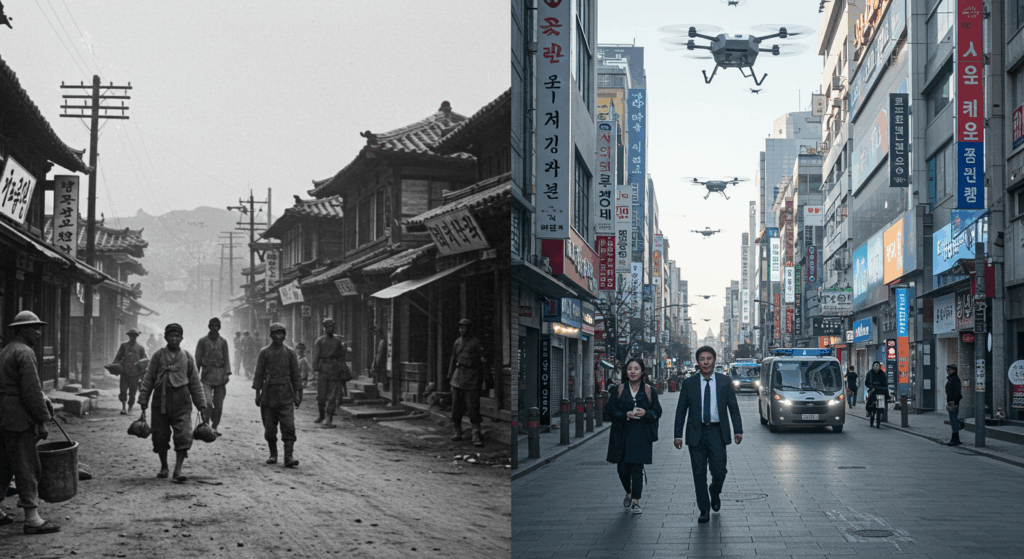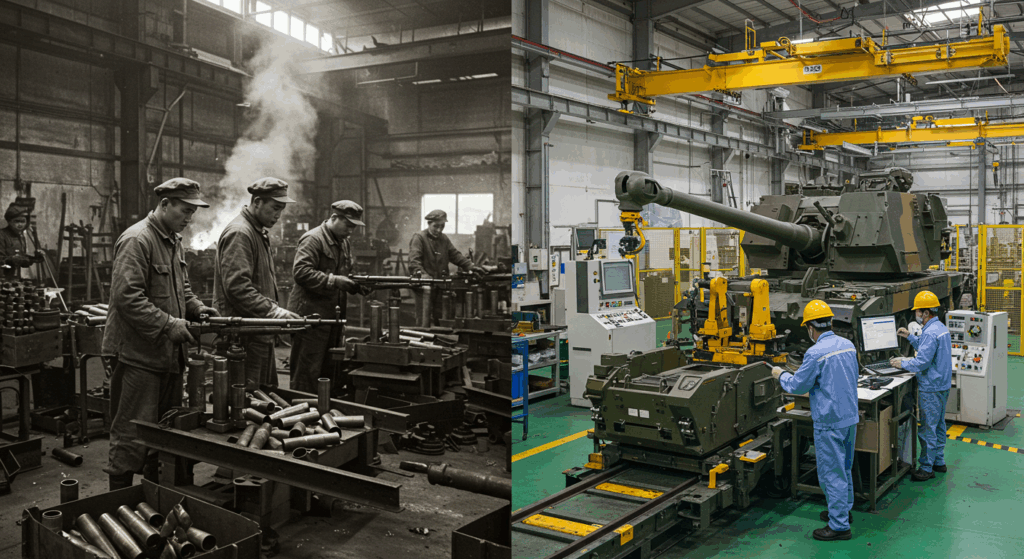In 1910, Korea was reduced to a colony under Japanese rule. The country had no industrial base, had lost its sovereignty, and was exploited for its resources—leaving the entire nation in poverty. During the Japanese occupation, over 80% of Koreans were illiterate, and the country had virtually no industrial capacity. By the time Korea was liberated in 1945, its GDP per capita was around $100, making it one of the poorest countries in the world.
But what about today?
As of 2024, South Korea’s GDP per capita is around $35,000. The country is now considered one of the world’s top 10–13 economies. So, what changed?
Comparing with Other Former Colonies

To understand Korea’s current status, it helps to compare with countries that started from a similar position. Let’s take a look at a few nations that were also colonies around the same time:
| Country | Former Colonial Power | 2023 GDP per Capita (IMF) | Key Characteristics |
|---|---|---|---|
| South Korea | Japan | ~$35,000 | Tech and cultural powerhouse |
| India | United Kingdom | ~$2,600 | Growing economy, but with structural issues |
| Philippines | United States | ~$3,900 | Political and social instability |
| Indonesia | Netherlands | ~$4,700 | Resource-rich but slow economic progress |
Compared to these nations, Korea has achieved an extraordinary growth trajectory—gaining global status not only economically, but also in technology, culture, education, and defense.
South Korea’s Current Global Standing


- Economic Power
- Ranked around 13th in nominal GDP (2024)
- Home to global giants like Samsung, Hyundai, LG, and SK
- Among the top 6 exporting countries, excelling in semiconductors, shipbuilding, and batteries
- Technological Leadership
- World’s No.1 in DRAM semiconductor production
- Leading in advanced industries like displays, batteries, and 5G
- Rapidly expanding domestic startup ecosystem
- Cultural Soft Power
- BTS, BLACKPINK, Parasite, Squid Game, NewJeans—global icons
- Korean language learning booming in over 160 countries (as of 2022)
- K-dramas and K-pop driving exports and streaming platform dominance
- 🔗 Korean drama posts that are good to watch together
- Educational Competitiveness
- Consistently top-tier in PISA rankings
- Strong in STEM fields, backed by a robust talent base
- Military Capability
- Ranked 6th globally in military power (Global Firepower)
- Booming defense exports: K9 howitzers, FA-50 jets, K2 tanks, etc.
- Healthcare and Infrastructure
- World-class healthcare: fast, affordable, and high-quality
- Renowned for convenience in daily life—subways, transport cards, delivery systems
Why Did Korea Succeed Where Others Struggled?
Three key factors stand out:
- Intense Focus on Education
→ Nationwide investment in education became the foundation for growth. - Government-led Industrial Policy
→ Strategic development of heavy industries and IT from the 1960s to 1980s. - Rapid Democratization and Tech Adaptation
→ After overcoming political instability, Korea swiftly embraced digital and IT revolutions.
✅ Conclusion – “Big Potential from a Small Country”

South Korea isn’t just a wealthy country—it’s a nation that transformed itself from a colonized land into a global leader in technology and culture.
This isn’t a miracle, but a collective achievement of Korean society. Today, the world looks to Korea as a nation worth learning from.
🔗 Watching Korea’s Story Together, One Series at a Time
